- Joined
- May 16, 2015
- Messages
- 162
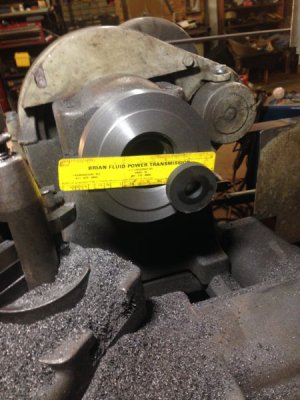
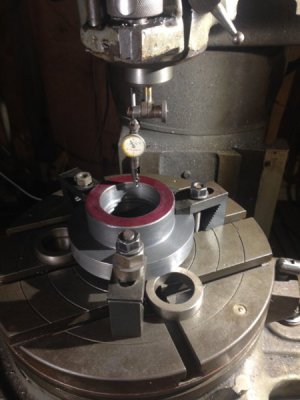
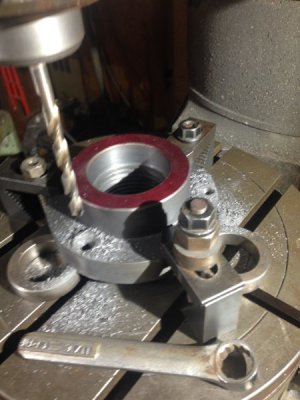
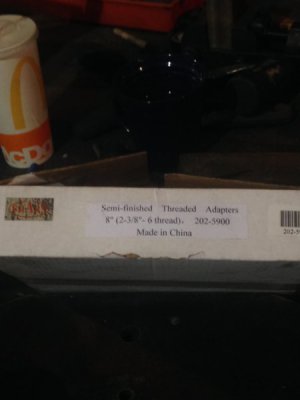
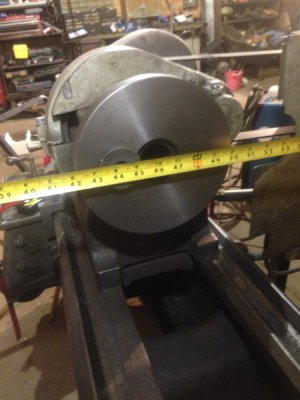
I HOPE THAT YOU MADE THAT BACKPLATE OUT OF CAST IRON ---- STEEL IS APT TO GALL UP AND RUIN YOUR SPINDLE.
Hi Benmychree, Just out of curiosity how will it gall the threads on the spindle? I am a newbie and don't understand how/why it would. I am going to attempt a similar project and bought some steel to do it, not cast. Now I am rethinking my purchase...I STAND BY MY STATEMENT; DO NOT USE STEEL.
